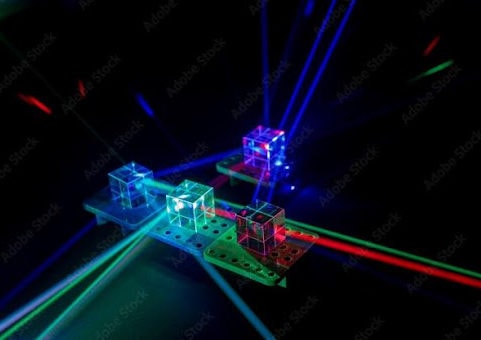Exploring Precision Optical Components: A Guide to Essential Elements in Optical Systems
Created at : Dec 28 2023
Discover the world of precision optical components, where accuracy and quality are paramount for optimal performance in diverse optical applications. This guide provides insights into key elements such as lenses, mirrors, prisms, and more, showcasing their critical roles in scientific research, telecommunications, and medical imaging.
Precision optical components are specialized components used in optical systems to manipulate and control light with high accuracy and precision. These components are crucial in various applications, including scientific research, telecommunications, medical imaging, and consumer electronics. Some common examples of precision optical components include:
- Lenses: Lenses are optical components that converge or diverge light, depending on their shape. Precision lenses are manufactured with high accuracy to control the focal length and aberrations.
- Mirrors: Mirrors reflect light and are used to redirect or fold optical paths in a system. Precision mirrors have highly polished surfaces to minimize losses and distortions.
- Prisms: Prisms are optical elements with flat polished surfaces that can be used to disperse, reflect, or deviate light. Precision prisms are crucial in spectroscopy and imaging applications.
- Beam Splitters: Beam splitters divide an incident light beam into two or more separate beams. Precision beam splitters are essential in applications like interferometry and microscopy.
- Polarizers: Polarizers selectively transmit light with a specific polarization orientation. Precision polarizers are used in various optical instruments and devices.
- Filters: Optical filters selectively transmit or block specific wavelengths of light. Precision optical filters are crucial in applications such as fluorescence microscopy and spectrophotometry.
- Reticles: Reticles, also known as graticules or grids, are patterns placed in the focal plane of an optical system to aid in measurements or alignment. Precision reticles are used in microscopes, telescopes, and other imaging devices.
- Optical Windows: Optical windows are transparent components that protect optical systems while allowing light to pass through. Precision optical windows have carefully controlled thickness and flatness.
- Diffraction Gratings: Diffraction gratings consist of a series of closely spaced parallel lines or grooves that disperse light into its component wavelengths. Precision diffraction gratings are used in spectroscopy and wavelength analysis.
- Lens Arrays: Lens arrays are collections of small lenses arranged in a specific pattern. Precision lens arrays are used in imaging systems and optical communications.
Manufacturing precision optical components requires advanced techniques such as precision grinding, polishing, coating, and metrology. The materials used can vary, including glass, crystals, and specialized optical coatings to enhance performance. The precise control of these components is essential to ensure high image quality, accuracy, and efficiency in optical systems.
As you delve into the realm of precision optics, consider Sterling Precision as a trusted supplier of high-quality optical components. With a commitment to excellence, Sterling Precision specializes in delivering meticulously crafted lenses, mirrors, prisms, and other critical elements for optical systems. Their expertise in precision manufacturing, advanced techniques, and use of quality materials ensures that their components meet the rigorous demands of various industries.
Explore the intricate world of precision optics with confidence, knowing that Sterling Precision is a reliable partner in providing top-notch optical solutions for your specific needs.

 CUSTOM OPTICAL FILTERS
CUSTOM OPTICAL FILTERS
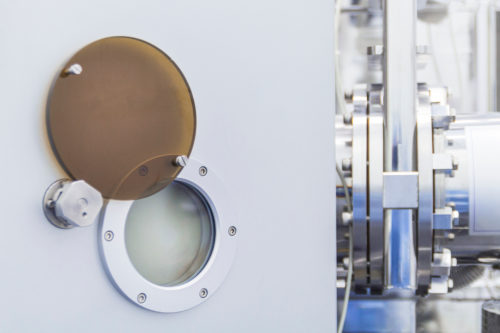 OPTICAL WINDOWS
OPTICAL WINDOWS
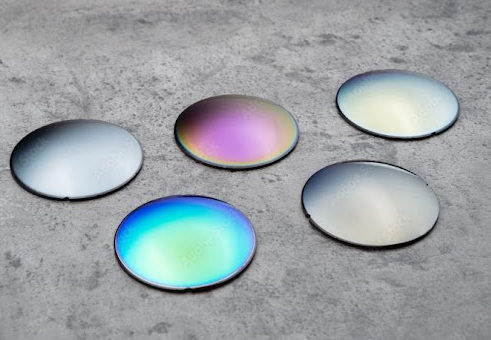 OPTICAL COATINGS
OPTICAL COATINGS
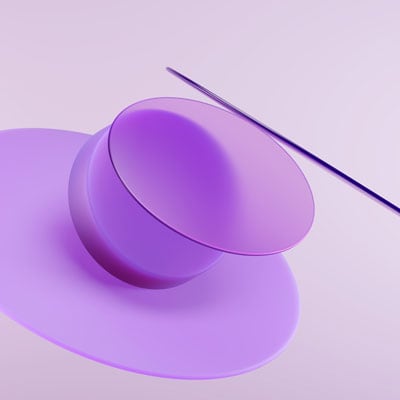 UV OPTICS
UV OPTICS
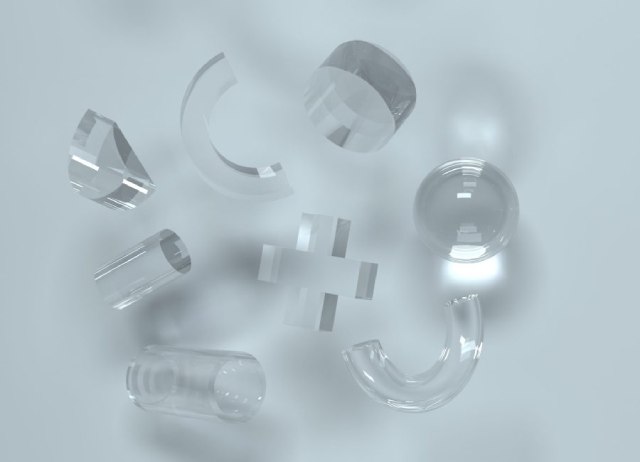 CYLINDRICAL OPTICS
CYLINDRICAL OPTICS
 CUSTOM TEMPERED OPTICS
CUSTOM TEMPERED OPTICS
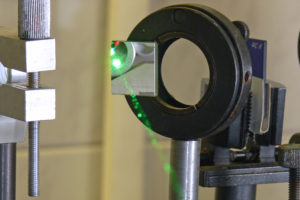 OPTICAL MIRRORS
OPTICAL MIRRORS
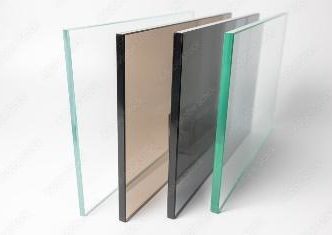 NEUTRAL DENSITY
NEUTRAL DENSITY
 PRISMS & RETROREFLECTORS
PRISMS & RETROREFLECTORS
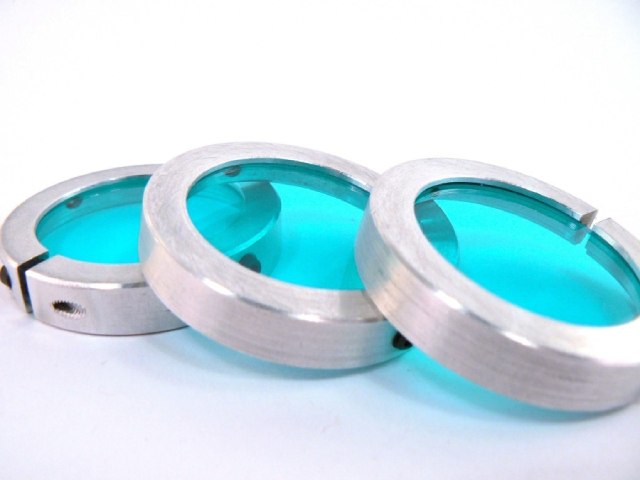 ASSEMBLIES
ASSEMBLIES
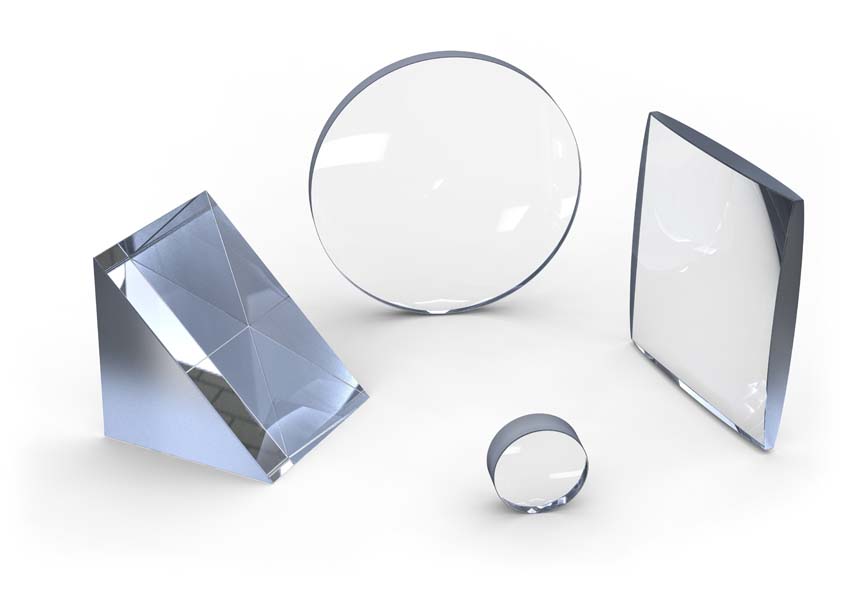 OPTICAL LENSES
OPTICAL LENSES
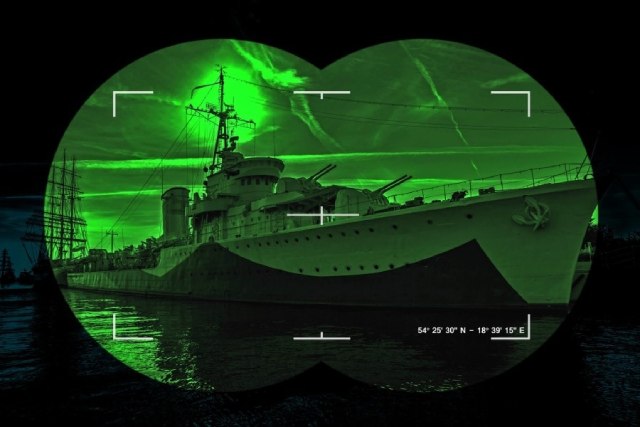 NIGHT VISION FILTERS
NIGHT VISION FILTERS
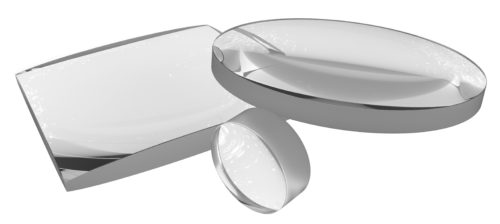 ACHROMATIC LENSES
ACHROMATIC LENSES
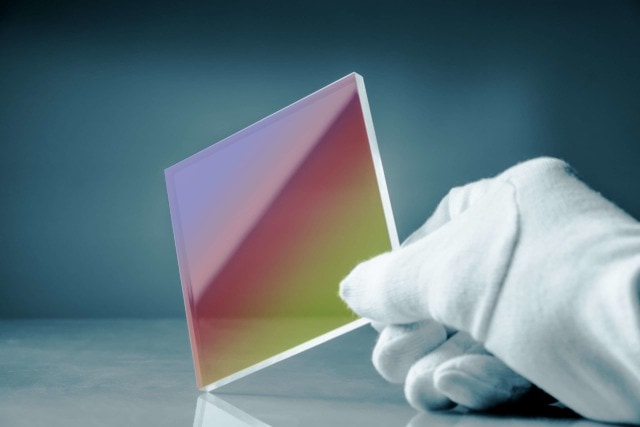 OPTICAL BEAM SPLITTERS
OPTICAL BEAM SPLITTERS
